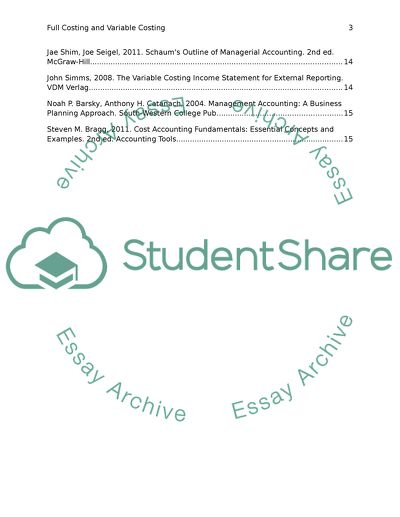Cite this document
(“Full Costing and Variable Costing Essay Example | Topics and Well Written Essays - 2000 words”, n.d.)
Retrieved from https://studentshare.org/finance-accounting/1440582-full-costing-versus-variable-costing-does-the
Retrieved from https://studentshare.org/finance-accounting/1440582-full-costing-versus-variable-costing-does-the
(Full Costing and Variable Costing Essay Example | Topics and Well Written Essays - 2000 Words)
https://studentshare.org/finance-accounting/1440582-full-costing-versus-variable-costing-does-the.
https://studentshare.org/finance-accounting/1440582-full-costing-versus-variable-costing-does-the.
“Full Costing and Variable Costing Essay Example | Topics and Well Written Essays - 2000 Words”, n.d. https://studentshare.org/finance-accounting/1440582-full-costing-versus-variable-costing-does-the.


